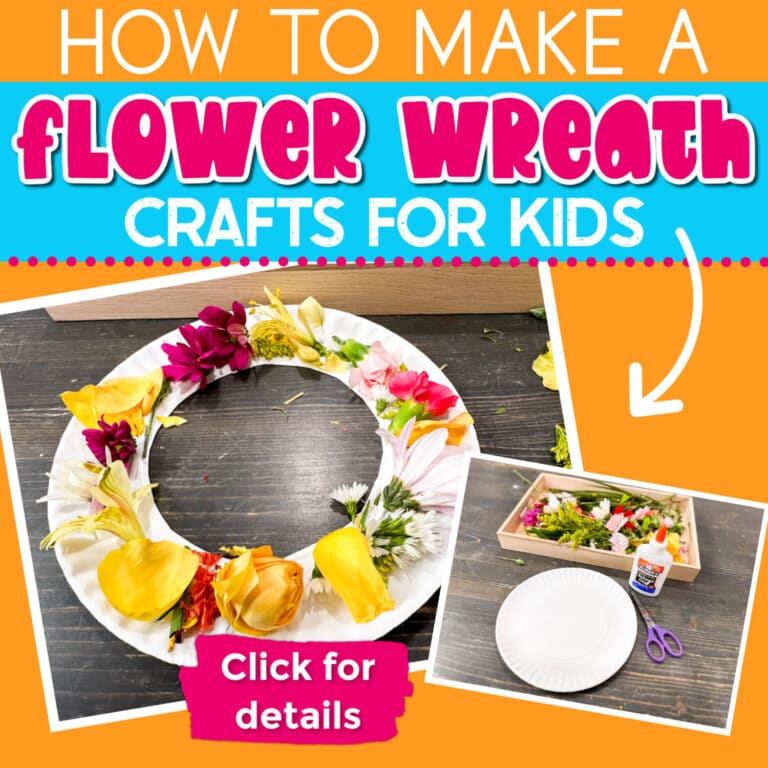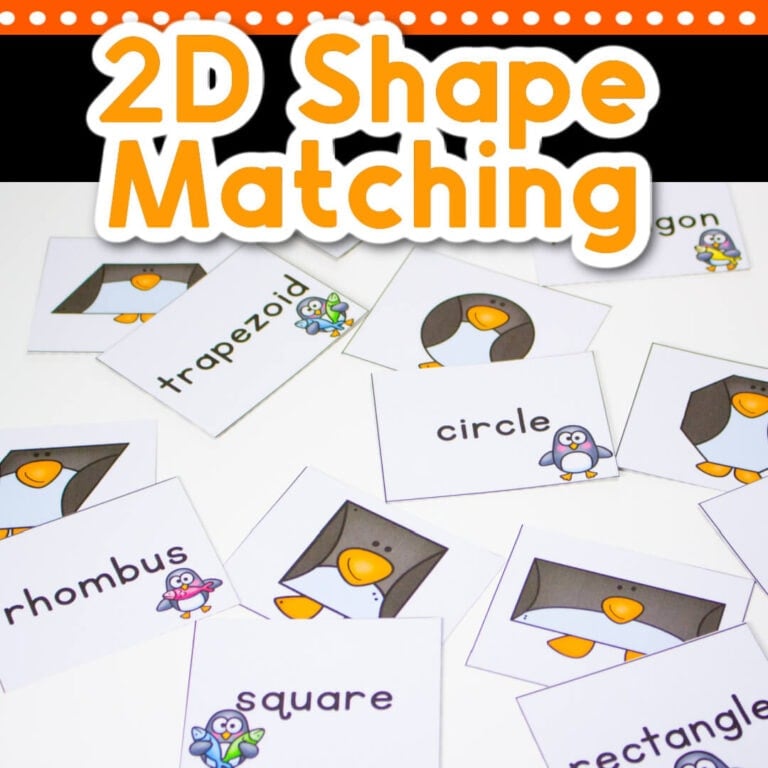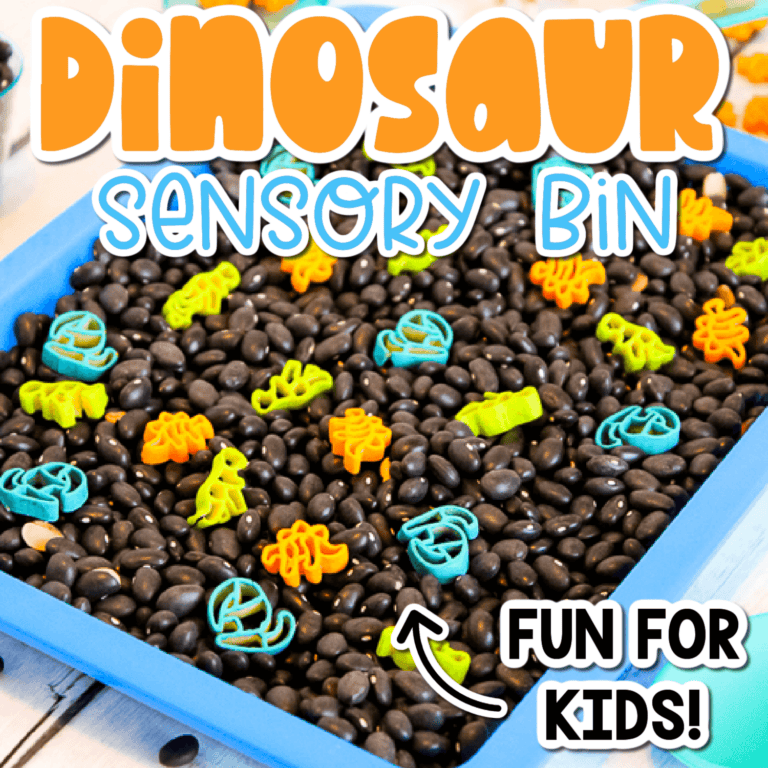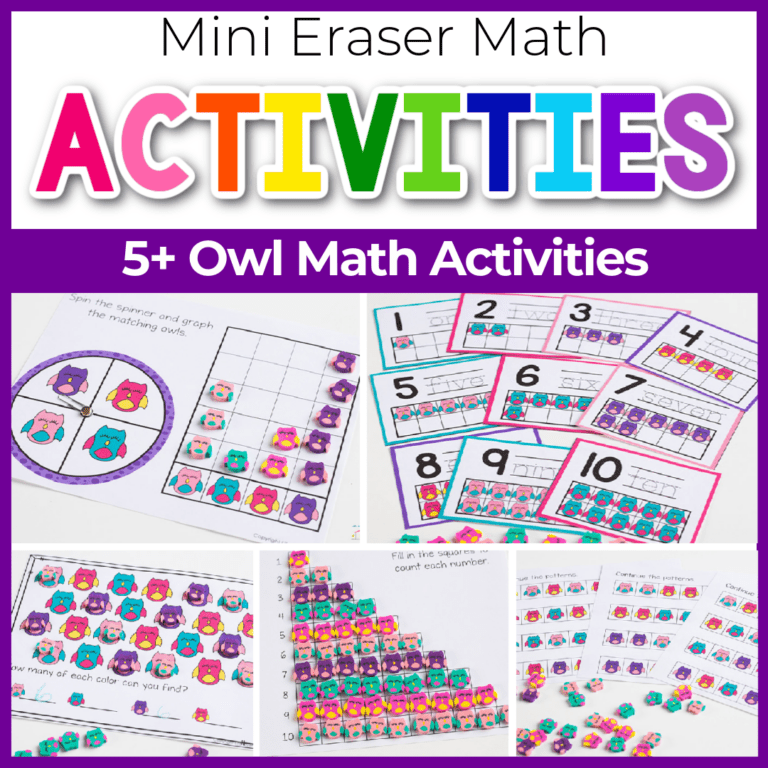Hands-on Preschool at Home Activities
As I write a lot about preschool and special needs preschool, I get a lot of people asking me what curricula or plan I follow for the preschool years. The truth is, I have never used a curricula, workbook or even planned ahead during the preschool years. Instead I look at the goals we want to accomplish and create a hands-on environment in my home to accomplish those goals. So today, I want to share some tips for preparing a hands-on preschool in your home.

Recommended Grade Level:
Preparing a hands-on preschool starts with your individual child. You need to pay attention to the skills that they have to know what to build on. If you have not already, you may want to download my Preschool Brainstorming page that gives an outline of the skills that you want to work on for preschool.
A lot of the skills for preschool are physical skills: gross-motor and fine-motor skills that will prepare them to be successful later on. That’s why it is so important to keep movement in the learning time.
Preschool is not the time to pull out a bunch of worksheets, sit at the table for hours and memorize facts. If that is your idea of success for preschool, I really want to stress, that it is not developmentally-appropriate for the preschool age. (Or for most people of any age, but that’s a totally different subject…)
Preschoolers need movement, activity, opportunities learn life skills, ways to learn literacy and STEM skills that don’t involve lots of writing and sitting.
Knowing your child’s skill level will require you to spend time allowing them to demonstrate their skills. Allow them to try tasks like dressing, pouring cereal, stacking blocks, opening/shutting doors, climbing a ladder, threading a large bead (then medium, then small).
As you observe them you will get an idea of tasks that they can do with some ease, but still need practice on. That is the level you want to work at.
For example:
Shiloh, my special needs preschooler, can thread beads onto a stick that is securely placed & doesn’t move (usually in a piece of thick styrofoam board). However, she cannot independently put beads onto a stick while holding the stick. So that is the skill level we want to work on. I can place the stick into a piece of play dough so that it does move a little bit, but not so much that she can’t control it.
Shiloh can put shaped puzzle pieces into the coordinating holes, but she cannot place multiple puzzle pieces into undefined areas. So I want to extend her knowledge of chunky puzzles to puzzles that have a definite picture that she can see (generally 2-4 pieces) without frustrating her with too many pieces.
If you are offering an activity to your child and they seem to get frustrated after multiple tries, the activity is probably too difficult for now. Don’t get rid of it, but I would encourage you to store it out of your child’s sight until they are ready to try again. This will make it feel like a fresh, new activity, rather than reminding them of their frustration each time they see it.
Preparing a Hands-On Preschool
Your home is your child’s learning environment. It should encourage independence as much as possible. You thought of baby-proofing when your child was born. Now, it’s time to think about creating areas for accessible learning.
Reading Areas
Rather than relegating all your child’s books to one location in the house, consider many sets of a few books. Baskets of books, low book shelves and fun reading areas are great to include in the living room, bedroom, play room and any other area that you spend a lot of time. You can even put children’s cookbooks and stories about cooking in the kitchen for your child to “read” while you cook.

Placing books face-out will help to get children interested in the books since they can see what the book is about.

You can offer a variety of books such as: picture books (that you would read), easy readers with fun pictures, board books your child has loved. In areas that you can read to your child, displaying parent/child books such as Usborne’s Very First Reading collection. These books have one page in each spread for the parent to read and the other page with very simple words that a child can sound out.

Creative Play Areas
In our living room, on our low bookshelves, we have a basket full of wooden building blocks for free exploration. Our set includes people, a town, and vehicles so that Shiloh can not only develop her STEM skills by building, but work on social & language skills by playing pretend.

We also have a basket of DUPLO® blocks that she can access. DUPLO® blocks provide alternate ways work on STEM skills. They are also great for working on hand-eye coordination since the child needs to match up the bottoms to the bumps on the top.
Invitations to Learn
In our play room/school room we have an area with deep shelves that can hold trays for exploring beads, play dough, and creative exploration invitations. I display 4-5 different trays at a time for Shiloh to choose from. (Please only leave trays on display that are safe for all of your children. Shiloh is our youngest, so I do not worry about a baby or toddler finding & eating beads or poking themselves with pipe cleaners. As always, I encourage your best judgement on your children’s safety.)

I also display puzzles and other activities alongside books on the book shelves. This is an effort to get Shiloh more interested in books.

Pretend Play Area
Also in our play room we have toys such as Littlest Pet Shop, baby dolls, pretend food & dishes and a few stuffed animals for pretend play. They are stored by type of toy in a set of small plastic drawers.
I am very insistent that all my kids put the toys away in their proper drawer. This is because when a child is exposed to a large amount of mixed toys, they become easily overwhelmed and will often either not play with any toys or begin to act out negatively to show their frustration with not being able to differentiate between activities.
Crafting/Creating Area
Due to Shiloh’s developmental level, I do not allow her to have access to our craft supplies on her own. We do store them so that all the other children can have access at any time, but she is not allowed in that area. She requires supervision at all times when using paint, glue and even crayons (my walls have been “blessed” with her artwork a few times.)
However, for a child who can handle the responsibility, you can display glue sticks, crayons, child-safe scissors and paper in an area for them to demonstrate their artistic creativity. Using these items builds fine-motor skills that will be used for writing later on.
For a closer look at the items that I keep on hand for multi-sensory and hands-on learning, check out my non-traditional back-to-school shopping list.
Do you love this activity?
Pin it for later!

The Playful Preschool team has graduated to the Early Childhood Education team since some of our older kids have headed to kindergarten this year, but we will continue to offer you a collection of hands-on activities for learning every week for all levels of Early Childhood Education from special needs to gifted.
Check out the other great tips from the team for getting ready for preschool.
- Back to School Tips for Parents PLUS Visual Morning Chart!
- Starting Kindergarten-Books and Activities
- Make Back to School Books to Ease the Transition
- 4 Back to School Tips: Preparing for School
- How to Plan for Preschool at Home
- Supporting preschool learning at home
- Setting Literacy Goals
- Traditional Preschool or Homeschool Preschool or Both?
- Teaching Preschool at Home
- Preparing for School Brings Mixed Emotions for both Parents and Children
Preschool Lessons You’ll Love:
Free Printable Preschool Activities:
- Food Theme Alphabet Play Dough Mats
- 5 Counting Activities (List)
- Shark Play Dough Counting Mats
- Scissor Skills Cutting Strips
- Number 1 Worksheets
Search All Activities
Looking for more? Find exactly what you need here:












Can I come learn in that beautiful space? Pretty please? I love all your great suggestions and the planner. Pinning. 🙂
Aw…thanks!
I love this!! There are so many great ideas here!
Kim – what great tips and suggestions for a successful beginning to home preschool! I love you suggest taking time to observe children play to help access skill levels – so important! Have a wonderful start to school!
Love your planning sheet, and your set up is so well-planned! I think this will be a great resource for homeschooling families!
We have a very small space, so keeping it organized is a must! 🙂
Firstly I have to tell you again how much I LOVE that planning / brainstorming printable! THANK YOU!
Your selves look so nice and neat! Over here I have to do the minimum on shelves because my child struggles with himself to keep order and insists to unpack everything. That being said we are working on it.
Two of my kids would love to just leave everything scattered, but I also have Shiloh whose OCD wants everything in the right place and Jaida who is a definite perfectionist, so the other two have to work with that. They are older though.
Oh, I love your reading space! Check out all those Usborne books. 🙂
Thank you! We’ve gotten almost all those books for free in the last 3 months!
Ok, when are you coming to organize our space? Seriously I love the fact that everything has its own place and that you are so in tune with Shiloh in order to assess where she is, where she needs to be and how to get her there.
lol! You buy the plane ticket!
I love the learning centers you have created. What a wonderful invitation for children to learn and create.
Thanks!
I am so with you when it comes to having a designated place for everything! Kids need to know where to go to find toys and trust that all the necessary pieces for play will be there waiting for them, otherwise chaos and frustration ensues! You have a beautifully curated learning and play space <3
Thank you!
LOVE this! There are so many great tips here and I enjoy seeing how other people set up their home preschool. Great set-up!
Thanks! It’s great to pull tips from lots of places to create something that works for each individual family. 🙂